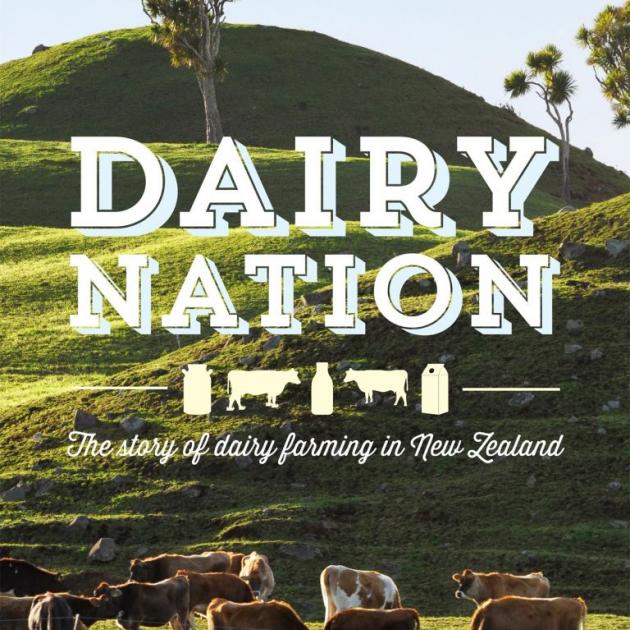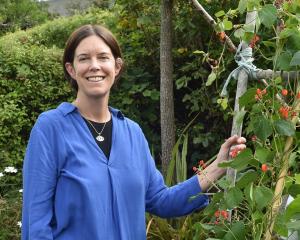
About 4.6 million cows are now milked - one for every New Zealander plus a few spares - which is a far cry from the two cows and a bull which were imported in 1814, marking the beginning of what is now a multibillion-dollar industry.
Dairy Nation, by social historian and author Nicola McCloy, tells the story of dairy farming in New Zealand, from the cows and the land to the technology, companies, products and exports.
Those early years were difficult, with the land having to be cleared of bush and forest to provide suitable grazing for the primarily Shorthorn, Ayrshire and Jersey cows. Technology was basic and transport networks primitive.
The subsequent growth of the industry is a story of innovation, from the advent of milking machines and improved pasture quality to higher milk yields and product diversification.
McCloy writes in a lively fashion; Dairy Nation is an easy read and attractively laid out and illustrated.
As she says herself, it is not an exhaustive history of dairy farming in New Zealand; instead, it is a celebration of ''some of the cows, cheeses, companies and characters of an industry that has come to dominate and define not only our dining tables but also our economy and our landscape''.
It also looks to the future and the challenges the industry faces, including the widely reported environmental debate, plus the contentious issue of foreign investment.
Sally Rae is ODT agribusiness reporter.











